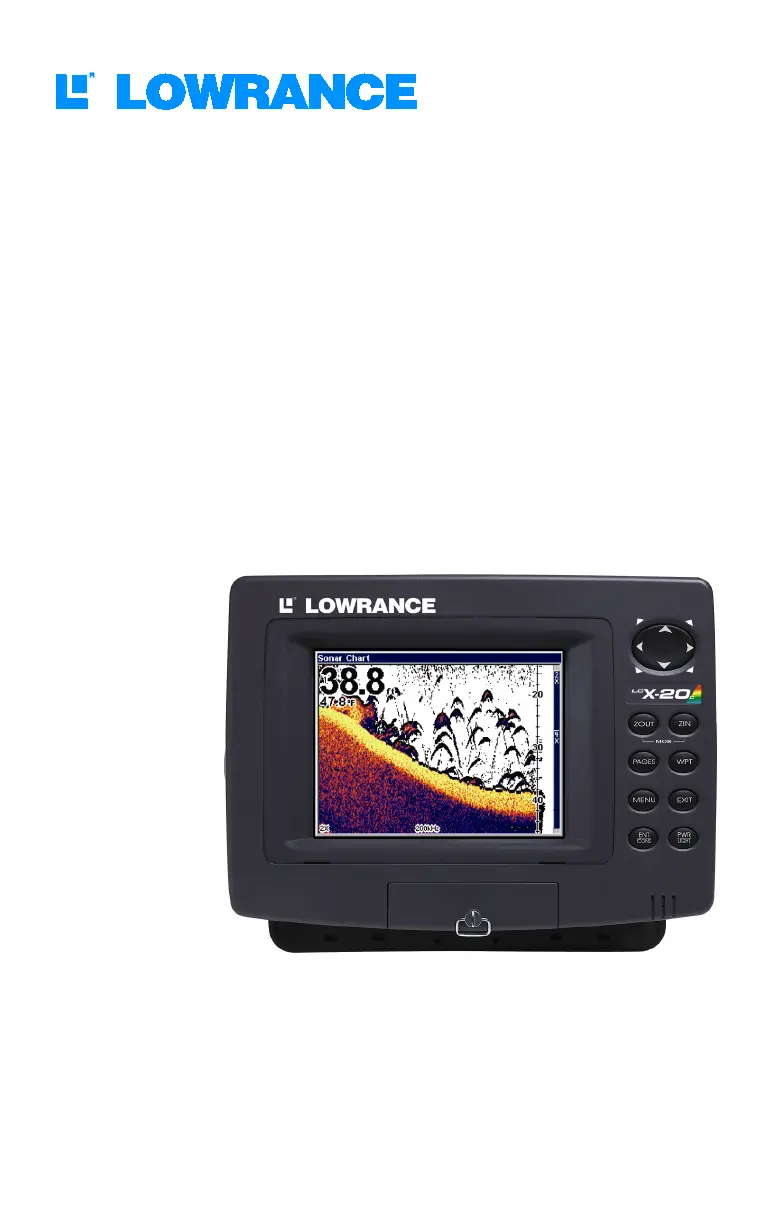Lowrance LCX-20C Bruksanvisning
Lowrance
Inte kategoriserad
LCX-20C
Läs gratis den bruksanvisning för Lowrance LCX-20C (200 sidor) i kategorin Inte kategoriserad. Guiden har ansetts hjälpsam av 39 personer och har ett genomsnittsbetyg på 4.8 stjärnor baserat på 20 recensioner. Har du en fråga om Lowrance LCX-20C eller vill du ställa frågor till andra användare av produkten? Ställ en fråga
Sida 1/200

Pub. 988-0151-261
www.lowrance.com
LCX-20C
Fish-finding Sonar & Mapping GPS
Operation Instructions
Produktspecifikationer
| Varumärke: | Lowrance |
| Kategori: | Inte kategoriserad |
| Modell: | LCX-20C |
Behöver du hjälp?
Om du behöver hjälp med Lowrance LCX-20C ställ en fråga nedan och andra användare kommer att svara dig
Inte kategoriserad Lowrance Manualer

5 Oktober 2024

30 September 2024

25 September 2024

12 September 2024

1 September 2024

31 Augusti 2024

30 Augusti 2024

29 Augusti 2024

24 Augusti 2024

24 Augusti 2024
Inte kategoriserad Manualer
- JIMMY
- LawnMaster
- Laserliner
- LD Systems
- Segway
- On Air
- NAD
- VOREL
- Eoslift
- Polaroid
- Krontaler
- Globalo
- Schertler
- Moman
- Husqvarna
Nyaste Inte kategoriserad Manualer

9 April 2025

9 April 2025

9 April 2025

9 April 2025

9 April 2025

9 April 2025

9 April 2025

9 April 2025

9 April 2025

9 April 2025